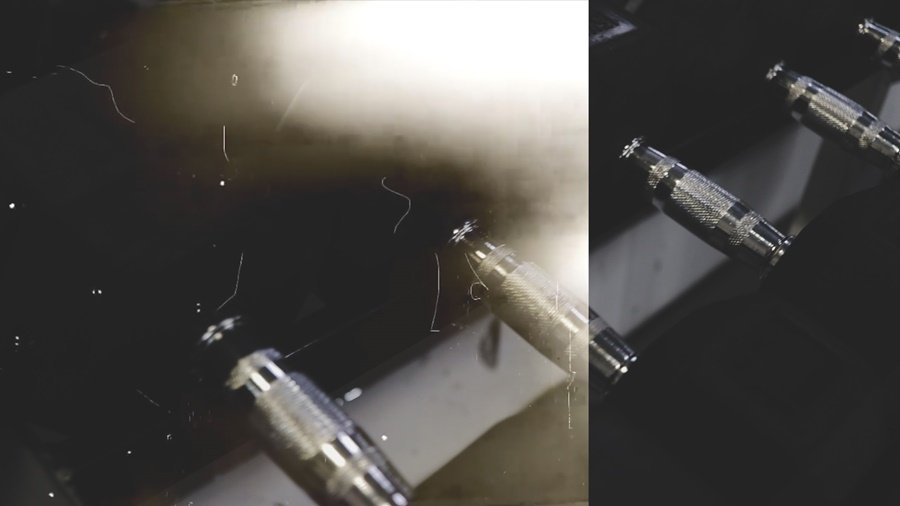Color is a silent storyteller in filmmaking, speaking to the audience’s subconscious and evoking emotions beyond dialogue and action. In this exploration, we unravel the psychology of cinematic color, revealing its power to shape narratives and enhance the viewer’s cinematic experience.
The Language of Colors
Red: Passion, Danger, and Intensity: Dive into the psychological impact of red in film. Explore how this intense hue communicates passion, danger, and heightened emotions, adding depth and symbolism to cinematic narratives.
Blue: Calm, Trust, and Melancholy: Analyze the calming and melancholic effects of blue. Understand how filmmakers use this versatile color to convey a sense of trust, tranquility, or introspection within their stories.
Color Harmony and Contrast
Complementary Colors in Conflict: Explore the use of complementary colors to create visual tension and conflict. Understand how filmmakers strategically deploy color contrast to emphasize narrative conflicts and plot twists.
Analogous Colors for Harmony: Delve into the soothing effects of analogous color schemes. Learn how harmonious color combinations enhance storytelling by creating a cohesive and aesthetically pleasing visual experience.
The Influence of Warm and Cool Tones
Warm Tones: Comfort and Intimacy: Examine the psychological warmth of yellows, oranges, and reds. Discover how warm tones can create a sense of comfort, intimacy, and nostalgia within cinematic narratives.
Cool Tones: Isolation and Mystery: Explore the coolness of blues and greens. Understand how these tones can evoke feelings of isolation, mystery, and detachment, adding layers to character emotions and narrative atmospheres.
Symbolism in Color Choices
White: Purity, Innocence, and Surrender: Uncover the symbolism of white in filmmaking. Explore how it represents purity, innocence, and, at times, surrender, shaping characters and thematic elements within a story.
Black: Mystery, Power, and Conflict: Analyze the multifaceted symbolism of black. Learn how filmmakers use black to convey mystery, power, and internal or external conflicts, creating visual depth and intrigue.
Psychological Impact on Audience Perception
Color and Character Development: Understand how color choices contribute to character development. Explore the psychological nuances of associating characters with specific colors and how this influences audience perceptions.
Shaping Narrative Moods: Delve into the ways filmmakers use color to shape narrative moods. From warm, inviting tones to cool, ominous hues, discover how color plays a pivotal role in guiding audience emotions throughout a story.
The Evolution of Color Choices
Historical Context and Color Trends: Explore the evolution of color choices in filmmaking over time. Understand how historical context and cultural shifts influence color trends, reflecting societal attitudes and cinematic innovations.
Technological Advances in Color Grading: Examine the impact of technological advances on color grading. From the vivid technicolor of the past to the subtleties of modern digital color grading, discover how technology has shaped the cinematic palette.
Conclusion
As we conclude this journey into the psychology of cinematic color, remember that every color choice in filmmaking is a deliberate brushstroke on the canvas of storytelling. Filmmakers wield the palette to not only visually captivate but to engage the audience on a deeply emotional level.








